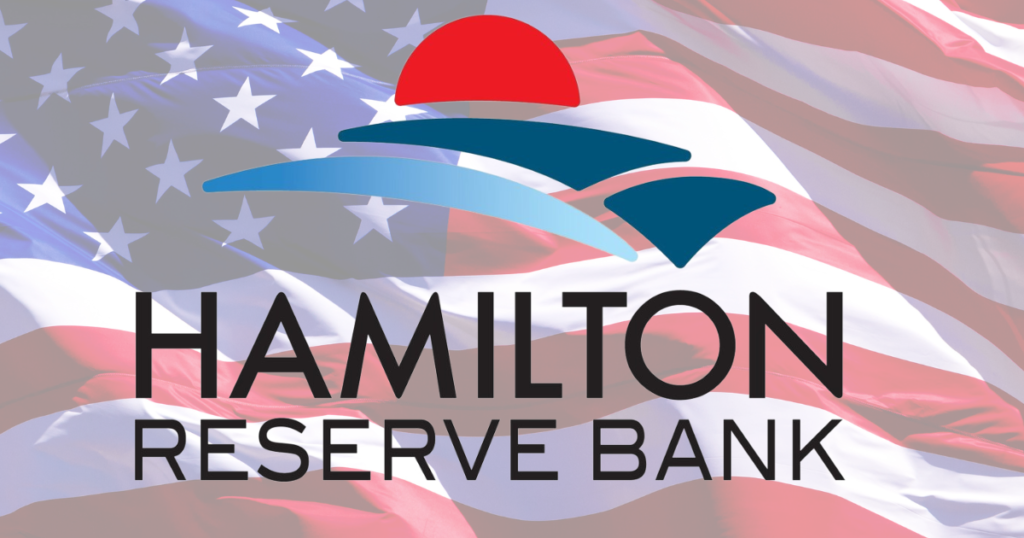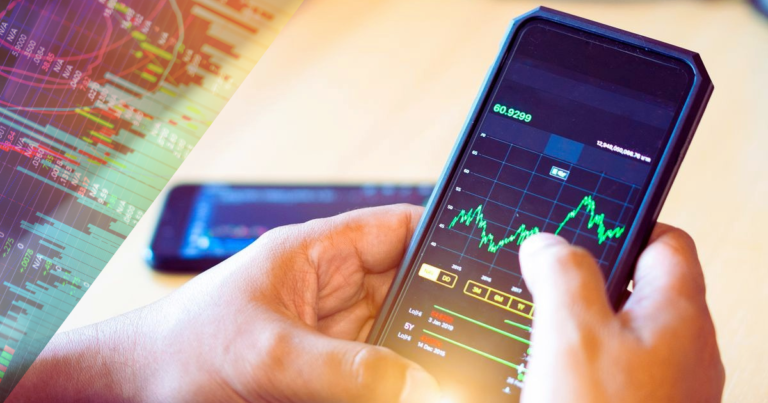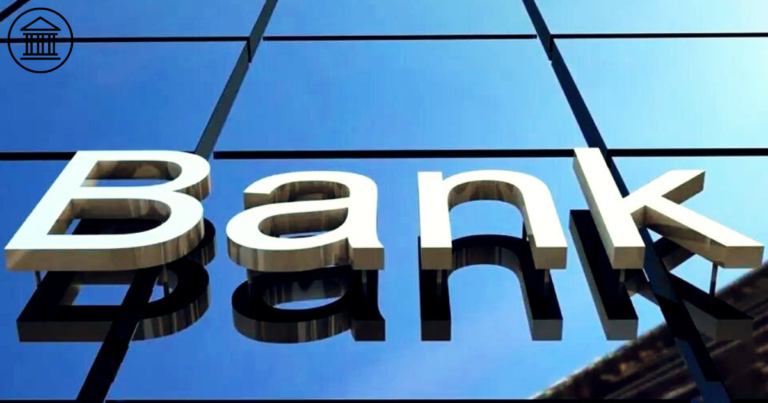The 2022 Banking Technology Awards in the United States go to Hamilton Reserve Bank
Hamilton Reserve Bank
Hamilton Reserve Bank is a globally regulated bank with a strong British background. The Bank, powered by innovative modern banking technology, provides personal, commercial, and investment options in 10 different currencies across 150+ countries, servicing a vast and quickly rising global clientele. The Bank boasts a “fortress” financial statement, no consumer loan exposure, an impeccable compliance history, an excellent CET1 capital ratio, robust customer privacy protection, quick client registration, and 24/7 mobile banking.

The SEC regulates the Bank’s independent asset management subsidiary, which recommends the Morningstar 5-Star rated, New York Stock Exchange registered Volshares Large Cap ETF, a top 1% performance three years in a row.
Hamilton Reserve Bank has four business lines: banking, trust and escrow, equity markets, and wealth management. Hamilton Reserve Bank is the largest global Bank in the region, with headquarters in a massive bank complex at the Hamilton Reserve Bank Plaza in St. Kitts & Nevis, Alexander Hamilton’s hometown and a prospering British Commonwealth republic.
AuthID.ai Biometrics
Through an easy-to-integrate Identity as a Service (IDaaS) platform, authID.ai offers safe, mobile, biometric identity verification software products. Through consent-based face matching, authID’s self-service, biometric identity proving, and authentication solutions enable us to eliminate passwords seamlessly. Our objective is for any firm to be able to instantaneously “Recognize Your Customer” without any friction or breach of privacy. authID.ai, powered by powerful biometric and A.I. technology, promises to improve security and reliability between businesses and their consumers. This company was known as Ipsidy before.
What is this Banking Technology Award?
The Banking Tech Awards honour achievement and originality in the use of information technology in financial services worldwide, as well as the individuals who make it happen. These renowned awards will be presented for the 23rd time in 2022.
Gaining a Banking Tech Award demonstrates the importance of banks’ and financial institutions’ technology investments and their talents, dedication, inventiveness, and execution.
A Banking Tech Award is indeed a noteworthy acknowledgement of the company’s goods and services for software vendors. A Banking Tech Award is a prestigious recognition of an individual’s or team’s abilities, leadership, vision, inspiration, and devotion to the advancement of the industry.
FinTech Futures, the source of information and commentary on the worldwide financial technology sector, owns and produces the Banking Tech Awards.
FinTech Futures
FinTech Futures is the authoritative source of information for the worldwide fintech sector. FinTech Futures is the primary source for technology purchasers, suppliers, developers, integrators, and other professionals throughout the industry, thanks to their large audience and good reputation, as well as in-depth research of fintech concerns on a global scale.
They offer daily news, in-depth analysis, and expert opinion on various topics such as FinTech, BankingTech, PayTech, RegTech, WealthTech, LendTech, and InsurTech.
Technology for Compliance and Fraud Protection
A couple of technologies are currently used for compliance and fraud protection.
Artificial Intelligence and Machine Learning
To avoid digital fingerprinting, fraudulent cyber machines might build “clean” copies of a device system. They use artificial intelligence and machine learning to examine trends in features such as locations, I.P. addresses, and accounts of renowned fraudsters to generate a set of detection rules that the system will follow. They can determine if a transaction is high-risk or not using these criteria and machine intuition. What’s fantastic is that the more data is connected to the A.I., the more it can accomplish.
Device Recognition and Account Linking
Thousands of properties are associated with devices. I.P. addresses and applications combine to provide a unique identifier for that device. They can follow this particular device using device identification, and if it logs into an account related to fraud, it is detected. On a deeper level, we leverage hidden linkages among devices and reports to guarantee that every device connected to a previously identified fraudulent account is checked against a database holding around 5 billion device codes, allowing only the most trustworthy user to access the system.
Fingerprinting digitally
They can create a custom identity for each machine using digital fingerprinting. No one computer (irrespective of how many users share that machine) is permitted to enter any individual research more than once using this approach. The Digital Fingerprint is a customized collection of several browsers and machine characteristics. This results in a statistically enormous base collection of fingerprints, many more than any single study would require. Digital fingerprinting substantially precludes the chance of doing a survey repeatedly on the same machine, even if the I.P. address changes and the cookies and cache are removed.
Captcha.
I am not a machine. Sounds easy enough, but as we all know, more complex bots attempting to cheat on surveys may be difficult to identify. To address this, we employ cutting-edge captcha technology.
I.P. Authentication Using a Database of Suspected Online Activity.
All responses are authenticated by Research for Good using a database of known questionable online activity I.P. addresses, and those who do not satisfy our strict quality standards are blocked. This allows us to prohibit individuals with a history of dubious conduct from contributing to studies and can leverage shared history to stop these people from accessing a client’s survey the first time they notice them, rather than waiting for inappropriate behaviour within their systems.
Extra Data Quality Measures and Suggestions
In addition to the procedures adopted by Research for Good, we recommend that customers continue taking their actions to enhance survey data quality. Some possible tactics are:
- On all surveys, you actively use your biometric fingerprinting technique.
- Any surveys that display respondents’ private and confidential material (movie trailers, photos, product feature descriptions) must contain and ask respondents to agree to the client’s privacy and terms and conditions wording inside the poll itself.
Bank Risk
Bank risk is commonly defined as the possibility of loss to a bank caused by specific events. Credit risk, interest rate risk, market risk, liquidity risk, and operational risk are all significant hazards in banking. Let’s talk about the basics.
Credit risk
It is the risk that a bank debtor or counterparty will fail to satisfy its commitments in line with the agreed-upon conditions. Credit risk exposure is the most significant cause of issues in most institutions. Credit risk is derived not just from loans, but as well as from other operations on both the banking and trade books and also on and off the balance sheets. As a result, credit risk includes counterparty risk.
Interest rate risk
It is connected to adverse interest rate movements of bank assets, debts, and off-balance-sheet things. Interest rate changes influence a bank’s predicted interest revenue and costs and consequently its future marginal profitability. The Basel Committee classifies interest rate risk into three categories: gap risk, essential risk, and option risk.
The real interest rate causes gap risk. The relative variations in interest rates for financial products with comparable tenors but priced using various interest rate indices are connected to essential risk. Option risk, on the other hand, is generated by option derivatives or options embedded in a bank’s assets, liabilities, and off-balance-sheet items. This third type is called indirect interest rate risk because it depends on the decisions of the Bank and its customers.
Market danger
It is the risk of losses in on-and off-balance-sheet positions due to market price changes. This concept includes interest rate risk associated with marked-to-market instruments and stocks, foreign currency risk associated with investments in dollars and euros, and price risk associated with products that can be traded on a second-hand market.
Risk of liquidity
This applies to the Bank’s incapacity to support asset growth while meeting obligations at a fair cost. Financing liquidity risk and liquidity in the market risk are two kinds of liquidity risk. The risk of funding liquidity is that the Bank cannot meet present and future cash flow and security demand effectively without compromising its daily operations or financial position.
The risk of market liquidity is that the Bank will be unable to readily offset or liquidate a holding at the market price owing to insufficient market depth or market instability. Liquidity risk is inevitable in banking since there is always a maturity mismatch associated with the Bank’s translation of short-term obligations into longer-term assets.
Risk to operations
It is the risk of loss caused by insufficient or failing internal processes, people, and systems, as well as external occurrences. Any banking product, activity, process, or system might provide operational risk. A solid risk management system is needed to assist regulators in analysing the health of banks and to boost the market stability of the financial system.
According to the Basel Committee, a sound risk management system should include:
According to the Basel Committee, a proper risk management system must have:
- Active supervisory and senior leadership oversight
- Adequate policies, procedures, and constraints
- Complete and timely risk identification, measurement, mitigation, control, monitoring, and reporting.
- Good management information systems are there at the corporate and company levels.
- through internal controls.
authID and Hamilton’s cooperation (Hamilton Reserve Bank)
Hamilton Reserve Bank (HRB) has reduced identity fraud danger thanks to authID’s biometric identity proving and multi-factor authentication. HRB’s latest technological Temenos banking system was created with the goal of expanding its worldwide portfolio of high-net-worth clients while also providing greater security. Customers may avoid using risky one-time passcodes and knowledge-based questions by using a “selfie” linked to their verified identity using the Bank’s flagship product, Verified. HRB expects to enrol at least one million prospective users during the following year, and the system protected by authID’s technologies will play a crucial role in recruiting and maintaining clients. It now provides a FIDO2-certified password-less login to its clients’ online banking interface.
Any assumptions about “who” executed a transaction are erased with biometric, password-less verification, providing confidence and clarity in the user identity authentication process. This allows banks and financial organizations to avoid or lessen the consequences of unauthorized account takeover efforts.
Over the coming year, the Bank anticipates exponential growth and the enrollment of at least one million new clients, and authID’s technology-secured platform will play a crucial role in attracting and retaining consumers.






